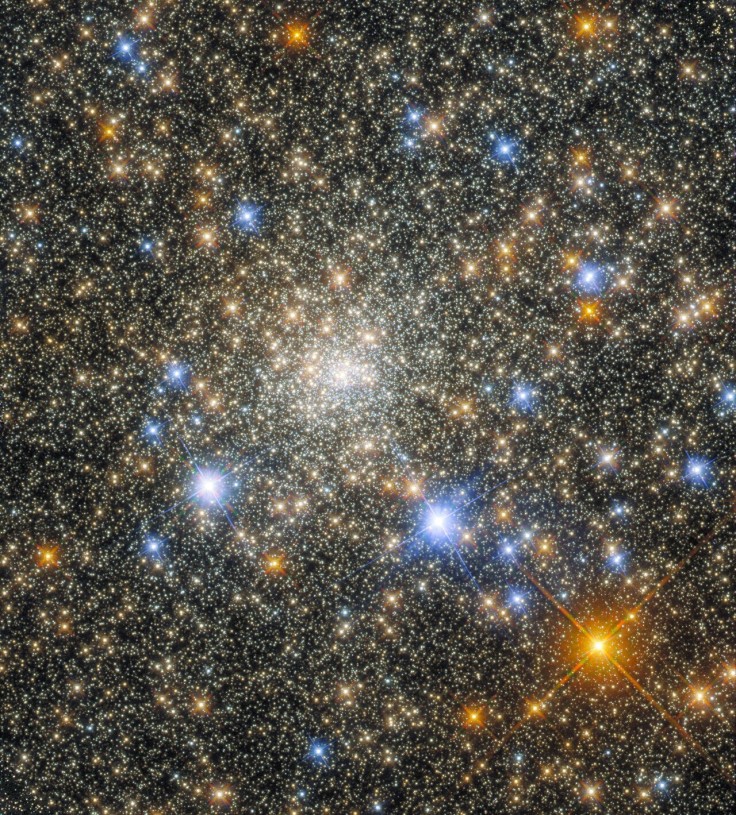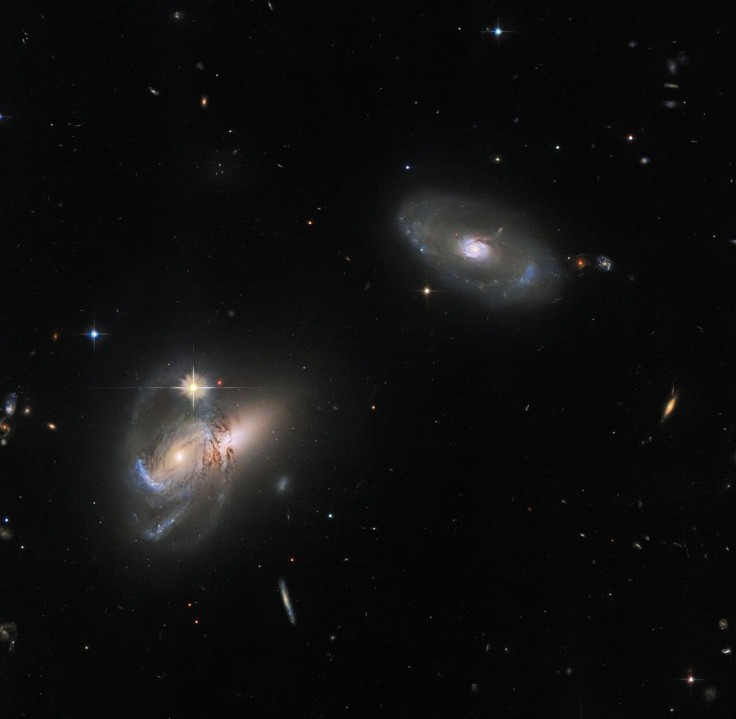
Using its Wide Field Camera 3 and Advanced Camera for Surveys, the Hubble Space Telescope has revealed yet another breathtaking image of the cosmos.
Globular Cluster Terzan 2
Terzan 2, a globular cluster in the Scorpius constellation, was photographed by the Hubble Space Telescope, as per Space.com. Globular clusters are tightly packed groups of ancient stars that provide information about the universe's past.
As previously mentioned, the Wide Field Camera 3 and the Advanced Camera for Surveys of the Hubble Space Telescope were used to take the most recent image, which the ESA released on July 11.
What Are Globular Clusters?
The European Space Agency (ESA) said that globular clusters, which can number from tens of thousands to millions of stars, are stable, tightly gravitationally connected clusters that can be found in a wide range of galaxies.
The space agency added that globular clusters have a regular, spherical shape because to the strong gravitational pull between the densely packed stars. Because of this, pictures of the centre of globular clusters, like this one taken by Terzan 2, are packed with numerous dazzling stars.
The Hubble Space Telescope Revealed Another Photo of the Cosmos Last Month
In July, ESA announced that the Hubble Space Telescope took a brand-new, eye-catching photograph of space. Numerous galaxies could be seen glowing brightly against the dark background of space in the constellation of Hercules.

The image of space that you can see above was released by the ESA on July 25. There are several galaxies in it, but the one LEDA 58109 galaxy in the upper right is perhaps the most striking. Two other cosmic objects that appear to overlap can be also seen in the lower left corner of the photograph.
Typically, galaxies are divided into two categories: spiral and elliptical. However, the range of galaxies depicted in this most recent Hubble image highlights how challenging it is to classify these collections of stars, dust, and dark matter, according to Space.com.
What Is the First Ever Picture Taken by This Massive Telescope?
On April 25, 1990, the Hubble Space Telescope was launched into low Earth orbit, but soon ran into equipment problems, as noted by our previous report. The telescope's first images were so blurry that they were practically useless for scientific purposes, despite the fact that its initial instruments, including the Wide Field Planetary Camera, the Goddard High-Resolution Spectrograph, the Faint Object Camera, the Faint Object Spectrograph, and the High-Speed Photometer, were supposed to be working as intended.
The 8.2-magnitude star HD96755 in the open cluster NGC 3532 in the southern constellation Carina was the objective of said focusing, according to NASA. The first image Hubble captured was designed to help focus the telescope. Instead, it assisted NASA in understanding the nature of the issue and the necessary remedial actions.
Despite the aberration, Hubble's first image provided greater clarity than was typically attainable with ground-based observations, which were shot under the Earth's atmosphere and resulted in a blurry or smeared effect on photographs obtained.









